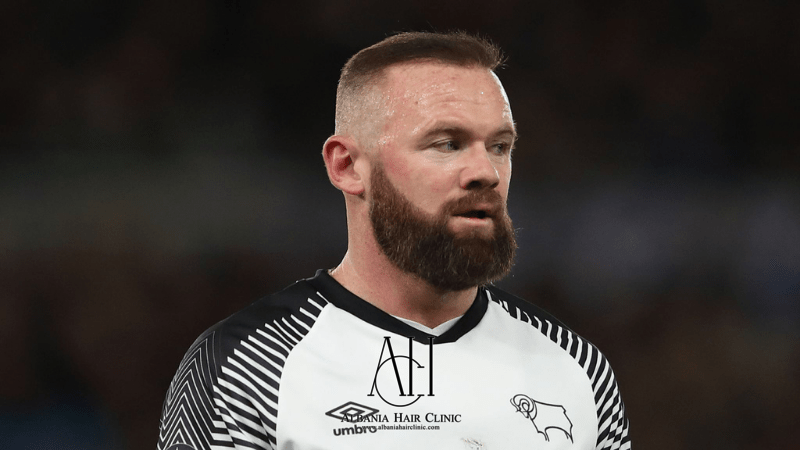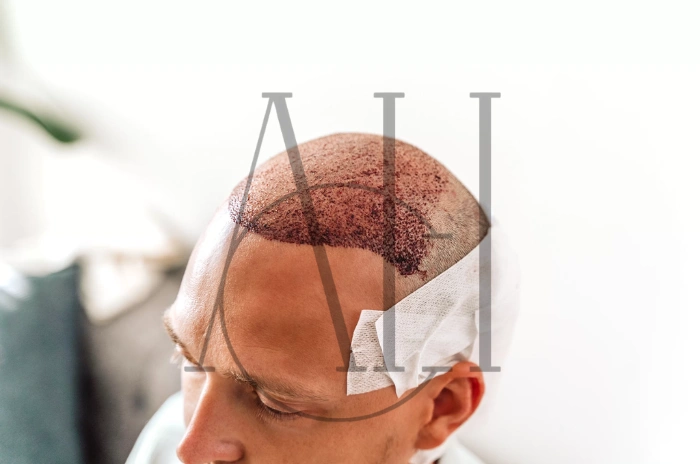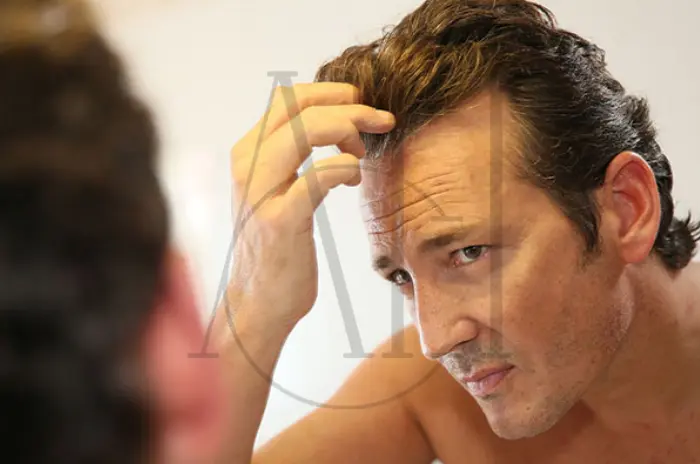Table of Contents
ToggleWho is Wayne Rooney?
Wayne Rooney is a former professional footballer and one of England’s all time greats. Known for his powerful playing style and goal scoring ability, he rose to fame with Everton before becoming a legend at Manchester United and later on, on England’s national team. Off the field, Rooney was often in the spotlight for his personal life as much as his football career. His influence extends beyond sport, making him a household name in the UK.
His Impact in Football and British Pop Culture
Wayne Rooney is a big part of English football: from his first-born days in Everton to one of the legends at Manchester United as England’s all-time leading goal scorer; in all senses, genius turned soon-to-be household name. His life off the field kept him right in front of the British paparazzi, and his private life, style, and choices were often in the headlines. However, after all that, all of it reached a new peak when he took off in public with the issue of his hair transplant, mesmerized his audience, and got more appreciation as he discussed something everyone could relate to-men.
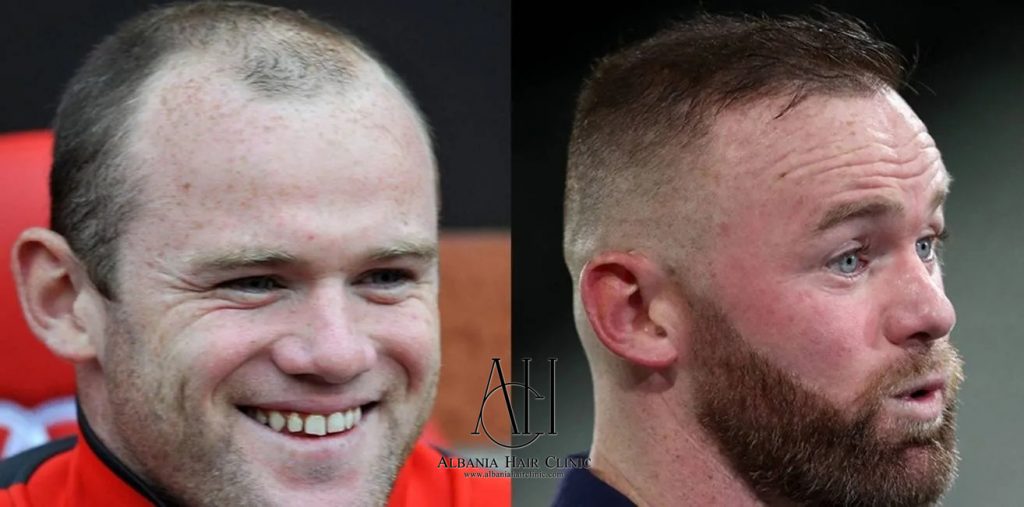
What Hair Transplant Method Was Used?
There are numerous hair transplant methods as of today, each with its own benefit. The two most widely used are FUE and FUT. The first one is a modern, minimally invasive method that extracts individual follicles, while the other one entails removing a strip of scalp from the donor area. Different doctors have made assumptions about what actually happened in Wayne’s case, and it is believed that he chose the FUE procedure.
Likely FUE Technique – Minimally Invasive
Even though exact details weren’t formally released, experts believe Rooney opted for the FUE (Follicular Unit Extraction) method. This advanced technique involves removing individual follicles from a donor area (usually the back of the head) and transplanting them to balding areas. FUE method is known for:
- Minimal scarring
- A faster recovery
- Natural-looking results
Clinic and Timeline Details (2011, London)
Rooney got his procedure done in 2011 at a reputable clinic in London. Since then, it’s reported he has had additional follow-up treatments to maintain the thickness and density of his hair over time. This is a common step in the hair restoration journey.
Results and Public Reaction
Wayne Rooney’s hair transplant, which took place at Harley Street Hair Clinic, is considered very successful, showcasing amazing results. It gave him fuller hair and brought a more youthful appearance, all of this while maintaining a natural look. Apart from physical results, he also got more confidence.
Before and After Transformation
The before and after results were immediately noticeable. Rooney’s fuller hairline and improved density became a hot topic in tabloids and social media. Fans and critics were impressed by the transformation, praising how natural the results looked.
Changing Perception of Hair Restoration in Sports
Rooney’s openness helped destigmatize hair restoration in the world of sport. Once seen as a secretive choice, hair transplants became a more accepted and respected option for men looking to regain confidence in their appearance.
Legacy and Influence
Wayne Rooney had thrown light upon his hair transplant, thereby marking a cultural moment. In a world where most celebrities prefer to keep cosmetic surgery a secret, Rooney’s honesty challenged social conventions and put a twist in the conversation about male grooming. By speaking out about something that too many men silently struggle with, Rooney was able to take a swing at the stigma and promote a more positive idea of self-image-ma intent on being healthy and confident.
Encouraging Other Men to Seek Treatment
Wayne Rooney’s decision didn’t just change his own life. It sparked a cultural shift. Since his public reveal, many men, including fellow athletes and celebrities, have become a bit more vocal and proactive about treating their hair loss. His influence helped normalize a once-taboo topic, paving the way for men everywhere to feel empowered in taking control of their hair health.
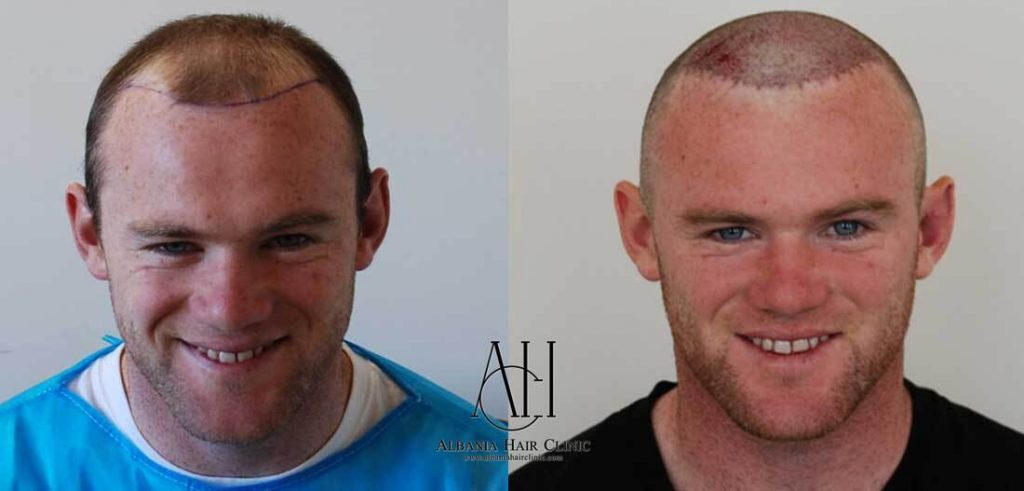
Why Did Wayne Rooney Get a Hair Transplant?
Wayne Rooney decided to have his hair transplant mainly because of his worries about his receding hairline and thinning hair due to male pattern baldness. He was open about feeling self-conscious about his appearance and that it was affecting his confidence. The fact that he was such a public figure where image is very important also influenced him.
Early Hair Loss and Media Pressure
Rooney started losing his hair when he was just 20 years old and this age was marked the start of the stressful period for most footballers; it was the time when most sportsmen have a maximum output using their bodies. And he would have been under even greater pressure with the constant media coverage and fan comments around the globe. His eyes would be placed under a public microscope for every moment and aspect of his life.
Rooney’s Own Public Confirmation
In 2011, Rooney broke the silence on Twitter, confirming he had undergone a hair transplant. He made a post on his social media where he said, “Just to confirm to all my followers, I have had a hair transplant. I was going bald at 25, why not. I’m delighted with the result.” His candor was refreshing and widely praised, sparking conversations around hair loss and self-confidence.
Albania Hair Clinic – Trapianto Capelli in Albania (@albaniahairclinic)’in paylaştığı bir gönderi
Frequently Asked Questions
Did Wayne Rooney openly admit his hair transplant?
Yes, he confirmed the procedure through his social media in 2011, sharing his excitement about the results.
How many procedures has Wayne Rooney had?
Officially, only one has been confirmed, and it is believed he may have had several more sessions to maintain his look.
Which technique was used in Rooney’s transplant?
Worldwide experts suspect that he chose the FUE method.
How did fans react to his transformation?
His fans’ response was very positive. Everyone praised his honesty and were impressed by the results.
Did his hair transplant influence other athletes?
It absolutely did. Rooney’s openness helped destigmatize hair transplants, it encouraged other athletes and public figures to explore treatment options and be more open about it.

